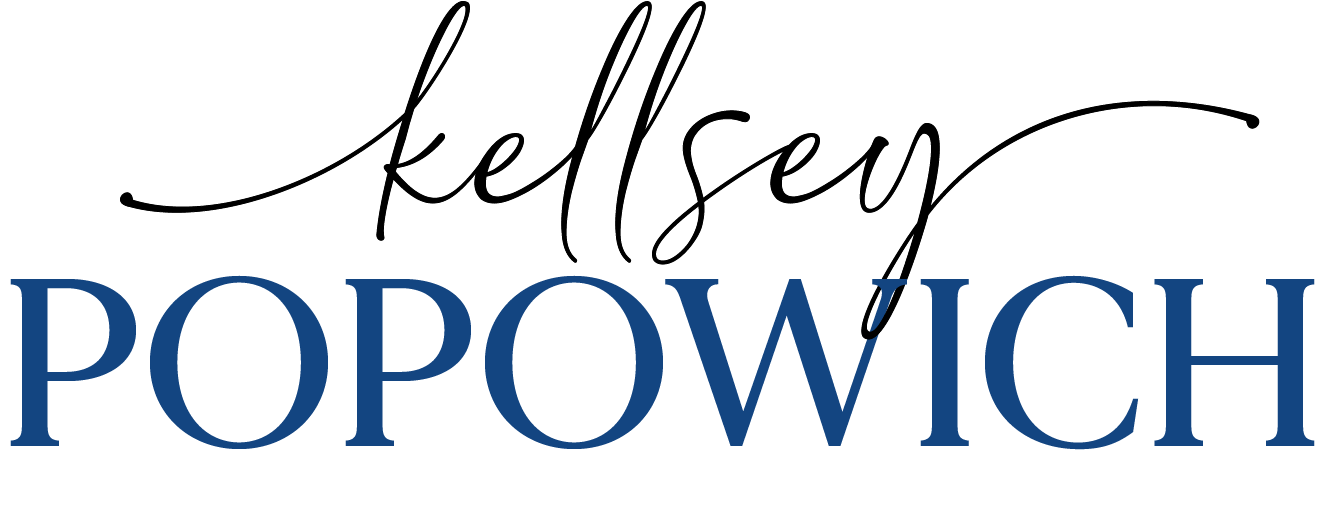What is a brand guidelines and why is it important for your Business?

A simple guide to understanding Branding & Brand Guidelines
A brand is the greatest asset any company can create. A brand represents the perception of the people about the company. These people could be prospects, customers, employees, stakeholders or just the general public. A brand guideline is a gateway to creating a great brand.

It is a common misconception that brand-building is an activity only for large companies. A company, irrespective of its size and scale of operations, should work towards building a brand that resonates with its values and mission.
What is branding?
Branding is a consistent activity of identifying brand consistency when the brand is being represented. It is the process of making the brand stand out and have a unique standpoint in the market so that it becomes easy to identify and remember.
Here are some logos that can help you guess the name of the brand, even if the name is not written



This goes to show that these companies have established a very strong brand that goes beyond just their name or logo.
“A brand is beyond its name or logo. A brand is the way people feel about the company”
To do branding requires a clear vision of the company, the offering and the target market. All great brands know exactly who they’re selling to and why they buy from them.
The key aspect of branding is consistency. The whole purpose of branding is to maintain uniformity of the brand messaging across all platforms.
For example – If McDonald’s used a different logo style in their stores and a different one in ads, no one would recognize that it is McDonald’s. The brand would lose its appeal, putting its sales and profits at risk.

That is exactly why it is necessary to be consistent and uniform as a brand.
To maintain this consistency and uniformity, companies develop brand guidelines.
What is a brand guideline?
Brand guidelines are a set of guidelines, rules and standards that an organization adapts across all channels to maintain consistency and uniformity. A brand guideline draws a framework for all modes of communication such as written, visual and verbal. A brand guideline is a pillar for the success of a brand.
The importance of brand guidelines
Most companies adopt a marketing mix strategy that works best for their company. This means multiple types of communication in different forms and formats. From writing emails for internal communication to writing emails to prospects and customers, a brand needs to seem unified.
Companies these days do a mix of online and offline marketing, making it necessary for them to make it easy for people to recognize and recall them. Also, the more we see a brand on TV, online or even in their blogs, we tend to build trust towards them.

A simple intro to branding guidelines
A lot of companies tend to get their logo done and feel that’s the end of branding right there. A brand goes much deeper than its logo or colours. There are multiple facets of branding that are charted in brand guidelines.
Here are the elements of branding guidelines:
- The usage of the logo
- Brand tone & brand voice
- Primary & secondary colour palettes
- Space rules
- Visual elements
- Secondary elements
- Typography rules
- Creative templates
- Media set and rights
- Icon, illustration and photo style guidelines
Here are some questions to help you brainstorm with the agency
- Who is my Target Group – TG?
- How does my TG perceive my brand – youthful, cheerful, very professional, unconventional and offbeat…
- What are the colours that can represent my brand best based on my products, people and place
- What kind of fonts represent my brand best?
How to train people to use your brand guidelines?
Only half your work is done when you create the branding guidelines. The rest of the effort goes into training your employees, agencies and stakeholders to use them.
The best way to go about it is to have the design agency train your key people who work with the brand on a daily basis. This could be your marketing team, salespeople or even your branding ambassador within the company, have them trained directly by the agency so that there’s clarity.
 Some quick thoughts before we part
Some quick thoughts before we part
Keep the future in mind when you work on your branding. Don’t think of what your company was but think of what you want it to be.
“Branding is a way of defining your growth path and charting each step as you go. A growing company need not necessarily mean a growing brand. But a growing brand definitely reflects a growing company”
